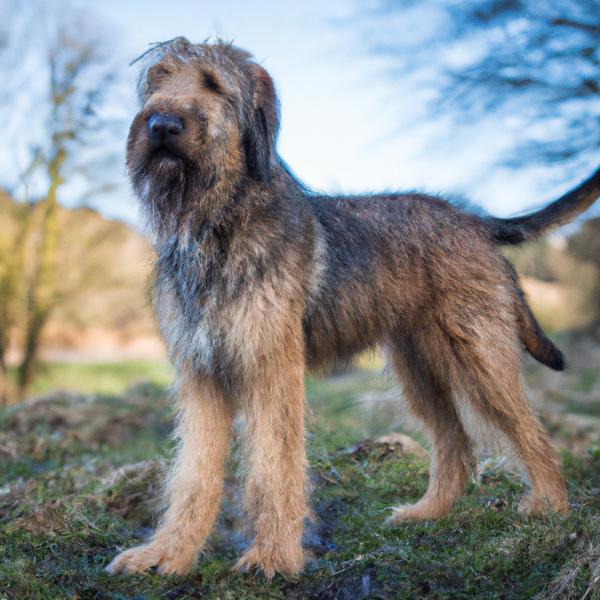Otterhound vs. Labrador Husky: Breed Differences and Similarities
Weight Gain Potential
Which breed eats more: Otterhound or Labrador Husky?
The Otterhound and Labrador Husky breeds have an average risk of becoming obese. Daily walks and a balanced diet of quality dry dog food can help maintain a healthy weight. An active lifestyle and monitoring weight regularly is recommended.
Hypoallergenic
Are Otterhounds or Labrador Huskys hypoallergenic, or neither?
Unfortunately, neither Otterhound nor Labrador Husky are hypoallergenic, which may not make them the best choice for dog lovers who suffer from pet allergies.
Temperament
What are the personalities of Otterhound and Labrador Husky dogs?
Amiable
Outright
Tempered
Boisterous
Friendly
Good natured
Intelligent
Quiet
Shedding Level
Do Otterhounds shed more than Labrador Huskys, or which breed sheds more, Otterhounds or Labrador Huskys?
Otterhounds are heavy shedders, but regular brushing can help manage shedding and promote a healthy coat.
Labrador Huskys are moderate shedders, but regular brushing can reduce shedding and maintain coat health.
Watchdog Ability
Which dog breed makes a better watchdog, the Otterhound or Labrador Husky?
Otterhounds aren't great guard dogs; they tend to just watch without taking action.
Choose a Labrador Husky if you want a top-notch watchdog. This breed takes guarding seriously, and may not require much training, though obedience or guard dog training can improve their skills.
Origin
What is the origin of Otterhound and Labrador Husky dog breeds?
England
Canada
Ancestry
What are the origins of Otterhound and Labrador Husky breeds?
griffon nivernais
Wolf, Alaskan Malamute and German Shepherd
Breed recognition
Which kennel clubs recognize/register Otterhound and Labrador Husky?
American Kennel Club
Australian National Kennel Council
Canadian Kennel Club
Continental Kennel Club
Federation Cynologique Internationale
Kennel Club of Great Britain
National Kennel Club
New Zealand Kennel Club
United Kennel Club
Dog Registry of America Inc.
Date of Birth
When were Otterhound and Labrador Husky breeds first developed?
1300s
1300
Eye Color Possibilites
What are the eye colors of Otterhound and Labrador Husky dogs?
Hazel
Brown
Blue
Brown
Amber
Nose Color Possibilites
What are the natural nose colors of Otterhound and Labrador Husky?
Black
Brown
Black
Coat Color Possibilites
What are the natural colors of the coat for Otterhound and Labrador Husky breeds?
Cream
Brown
Black
White
Fawn
Blue
Gray
Black
Brown
Red
Gray
Pied
Coat Length
What is the typical coat length for Otterhound and Labrador Husky breeds?
The coat of Otterhound and Labrador Husky dogs falls in the medium-length category.
Coat Density
What is the density of the coat of Otterhound and Labrador Husky?
Coat Texture
What is the hair texture of Otterhound and Labrador Husky?
Wiry
Wavy
Litter Size
What is the usual litter size for Otterhound and Labrador Husky?
An Otterhound can have a litter of 10-12 puppies on average. However, it's worth noting that the size of the litters can vary greatly. Factors that can influence litter size include the health of the mother, breeding history, and genetics.
A Labrador Husky can have a litter of 11-13 puppies on average. However, it's worth noting that the size of the litters can vary greatly. Factors that can influence litter size include the health of the mother, breeding history, and genetics.
Adaptability
Otterhound and Labrador Husky dogs generally have an average level of adaptability when it comes to adjusting to changes in lifestyle and different living environments compared to other breeds.
Health Issues
Between Otterhound and Labrador Husky, which breed is more prone to health problems?
Otterhounds are susceptible to health issues like all breeds, so it's important to monitor their health and seek veterinary care when needed.
While the Labrador Husky breed is generally healthy, occasional vet check-ups are still necessary to address any health concerns.
Major Concerns
What are the major health concerns for Otterhound and Labrador Husky breeds?
Hip Dysplasia
Congenital Heart Defect
Canine Hip Dysplasia (Chd)
Minor Concerns
What minor health issues should be kept in mind when owning Otterhound and Labrador Husky?
Elbow Dysplasia
Thrombopathia
Patellar Luxation
Occasional Tests
What occasional tests are recommended for Otterhound and Labrador Husky breeds?
Hip
Elbow
Blood
Blood Test
X-Rays
Physical Examination
Ear Examination
X-ray imaging
Regular Full Physical Examination By Veterinarian
Blood Glucose Tests
Serum Chemistry Panel Tests
Energy
How do the energy levels of Otterhounds and Labrador Huskys compare?
Otterhound and Labrador Husky breeds are high-energy dogs, thus an active lifestyle suits them well.
Social Needs
Otterhound vs Labrador Husky social needs comparison
Otterhound has average social needs and is less independent than other breeds.
Labrador Husky has above average social needs and thrives with interaction with humans and other dogs.
Exercise Needed
Otterhound vs Labrador Husky exercise need comparison.
The Otterhound and Labrador Husky breeds need a high level of physical activity to maintain a healthy lifestyle. They also make great companions for people who lead an active lifestyle and enjoy running, hiking, or other outdoor activities. These breeds are not suitable for people with a sedentary lifestyle or those who live in small apartments.
Sleeping Need
Which of the two sleeps the most/least: Otterhound or Labrador Husky?
Otterhound and Labrador Husky are active dogs that may not require as much sleep as other breeds. However, they still need enough sleep to stay healthy.
Drooling Tendency
Which drools more/less, Otterhound or Labrador Husky?
Otterhound minimally drools, ideal for those who dislike drool marks on clothing.
Labrador Husky has low drooling tendency, suitable for those who dislike drool marks.
Tendency to Bark
Do Otterhounds or Labrador Huskys bark more/less frequently?
Otterhounds bark moderately when necessary and may also bark due to certain triggers like fear, alarm, boredom, greeting, separation anxiety and compulsive barking.
Labrador Husky dogs are generally less vocal than other breeds and only bark when necessary, such as to alert their owner or communicate.
Territorial
Is the Otterhound or Labrador Husky a better guard dog?
Otterhound dogs are not typically good guard dogs due to their lack of protective nature and weak territorial drive.
Labrador Husky dogs have a strong protective nature and territorial instinct. They are highly vigilant and will fiercely defend their home and family.
Mouthiness
Mouthiness Comparison: Otterhound vs Labrador Husky?
Roaming urge
Otterhound vs Labrador: Running away tendency?
Prey Drive
Otterhound or Labrador Husky - which breed has a higher level of prey drive?
Past times
What are some enjoyable activities and ways to keep Otterhound and Labrador Husky entertained?
Fishing, Go to Beach, Swim
Running, Eating Snacks, Shooting, Logging, Pulling, Swimming, Walks, Cuddling, Car rides
Activity Level
Which breed has higher energy, Otterhounds or Labrador Huskys?
Otterhounds are medium-energy dogs and typically enjoy socializing and playing casual or even sustained games of chase with other dogs. They may also have occasional periods of barking or racing around the house.
Labrador Huskys are high-energy dogs. They need mental as well as physical exercise. These dogs require a lot of your involvement and without it they can, and will, become problematic dogs.
Tolerance of being left alone
Walks per Week
How many miles should Otterhound or Labrador Husky walk each week?
There's really no limit to how far you walk your dog as long as they're comfortable. For Otterhound, it's at least 7 miles / week. Just remember to build distance and stamina gradually over time.
There's really no limit to how far you walk your dog as long as they're comfortable. For Labrador Husky, it's at least 22 miles / week. Just remember to build distance and stamina gradually over time.
Activity per Day
Do Otterhounds or Labrador Huskys require more exercise?
In general most Otterhounds usually need at least 45 minutes of exercise daily. This can be spread across the day and include all sorts of high-energy activities, like walking, running and playing.
In general most Labrador Huskys usually need at least 120 minutes of exercise daily. This can be spread across the day and include all sorts of high-energy activities, like walking, running and playing.
Grooming
Which breed is easier to maintain in terms of grooming, Otterhounds or Labrador Huskys?
Otterhound and Labrador Husky are breeds of dogs that require a significant amount of grooming. They will also require regular trims, and a professional groomer's help is often necessary to keep their coat in good condition. They may also need regular baths to maintain their coat and skin.
Brushing Frequency
What is the recommended brushing frequency for Otterhound and Labrador Husky dogs?
Otterhound and Labrador Husky should be brushed at least once a week. Of course, you can give them more frequent brushes if you find that they are still shedding a lot.
Brushing Tools
What brushing tools are used for Otterhounds and Labrador Huskys?
Slicker Brush
Comb
Clipper
Nail Clipper
Pin Brush
Slicker Brush
Deshedder
Nail Clipper
Cups
How much food should be given to Otterhound or Labrador Husky in cups?
Otterhound and Labrador Husky share the same recommended daily food intake of 3 cups, although the appropriate quantity may vary depending on the quality and nutritional content of their food.
Daily Cost
Which breed has a higher daily cost, Otterhound or Labrador Husky?
Otterhound and Labrador Husky have a similar average daily cost of around $2.10 - $2.70.
Monthly Cost
Which breed has a higher monthly cost, Otterhound or Labrador Husky?
When it comes to monthly expenses, both Otterhound and Labrador Husky have a similar average cost, ranging from $55 - $73. This results in an average yearly cost of around $660 - $876.
Intelligence
Comparing Intelligence: Otterhounds vs Labrador Huskys
Otterhounds are average in obedience intelligence but have a high IQ and may cause trouble if left unsupervised.
Labrador Husky is a very intelligent and trainable breed.
Sensitivity Level
How do Otterhound and Labrador Husky compare in sensitivity?
Otterhounds are adaptable and resilient, making them ideal for those seeking a less sensitive pet.
This breed is sensitive and requires gentle handling and a calm home environment.
Affection Dependance
Which is the more affectionate dog breed: Otterhound vs Labrador Husky?
Apartment Friendly
Which breed is more apartment-friendly: Otterhound or Labrador Husky?
Otterhound and Labrador Husky are not apartment-friendly dog breeds. These dog breeds are best in homes with large, fenced-in yards. They are not suited for apartment life and can become destructive due to pent up energy from being in a small space.
Child Friendly
Do Otterhounds or Labrador Huskys have a friendlier temperament towards children?
Otterhounds are good with kids if socialized and trained from a young age.
Labrador Huskys have an average level of friendliness towards children.
Senior-friendly
Which dog is more suitable as a pet for the elderly - Otterhound or Labrador Husky?
Cat Friendly
Do Otterhound or Labrador Husky breeds have a better compatibility with cats?
Otterhounds and Labrador Huskys are an average cat friendly dog. They do well with cats, even more if raised together from puppyhood.
Dog Friendly
Which breed is more sociable with other dogs: Otterhound or Labrador Husky?
Otterhounds are average in their friendliness towards other dogs, and socialization can help.
Labrador Huskys are friendly and active companions, and can be good family pets, though their friendliness towards other dogs may vary.
Pet friendly
How do Otterhound or Labrador Husky dogs interact with other pets?
Stranger Friendly
Which breed is more friendly with strangers: Otterhound or Labrador Husky?
Otterhounds are quick to announce strangers and can be standoffish or suspicious.
Labrador Huskys are friendly but may bark at strangers, and training is easy due to their intelligence.
Playfulness
Which breed is more playful between Otterhound and Labrador Husky?
Otterhound and Labrador Husky are known to be highly playful dogs. So if you're not up for all that, think about adopting slightly older Otterhound and Labrador Husky for a mellower experience.
Trainability
How do the trainability levels of Otterhounds and Labrador Huskys compare?
Otterhounds are popular for their ease of training and quick learning ability.
The Labrador Husky is highly intelligent and eager to please, making it a great choice for both novice and experienced dog owners due to its easy trainability.
Compare Otterhound with other breeds
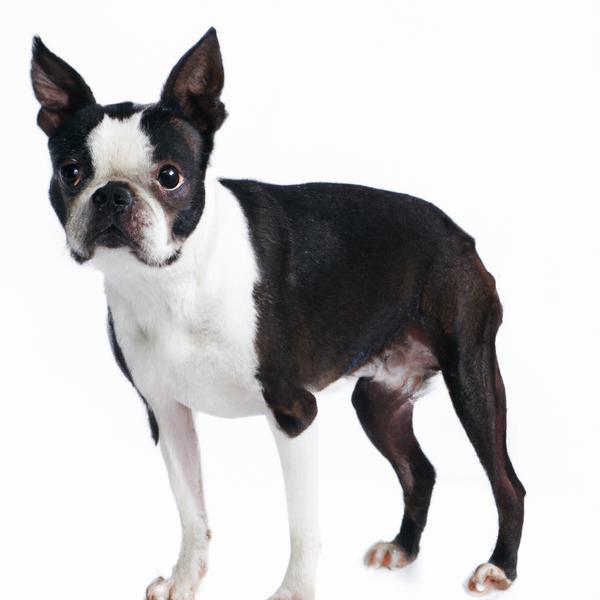
Boston Terrier
Otterhound vs Boston Terrier
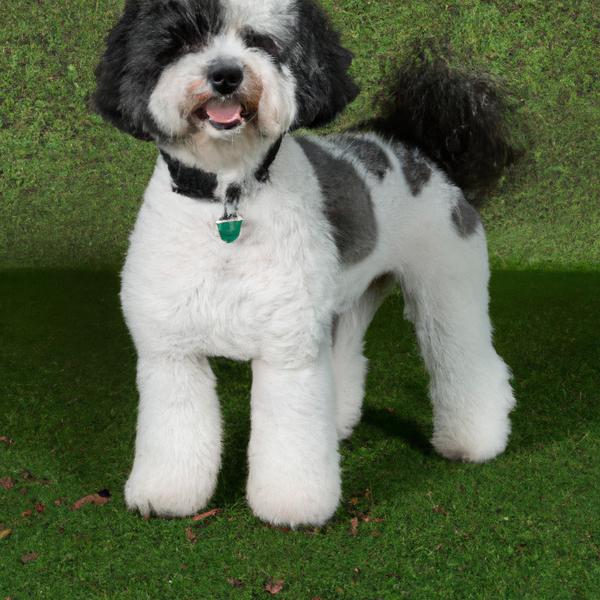
Bostchon
Otterhound vs Bostchon
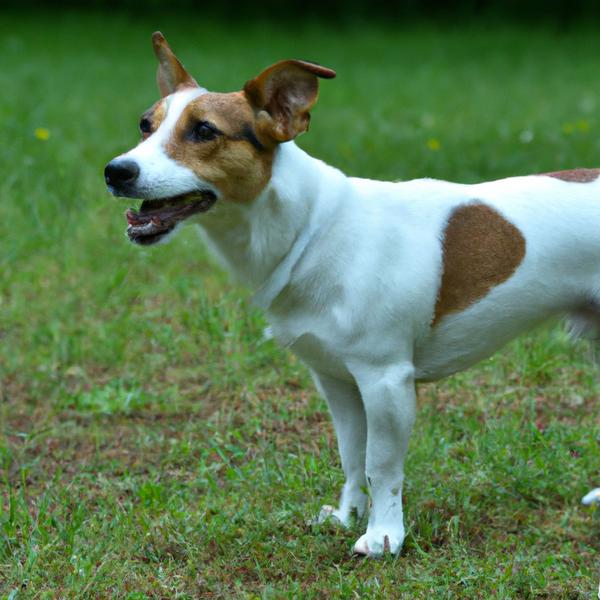
Jack-A-Ranian
Otterhound vs Jack-A-Ranian

Beacol
Otterhound vs Beacol
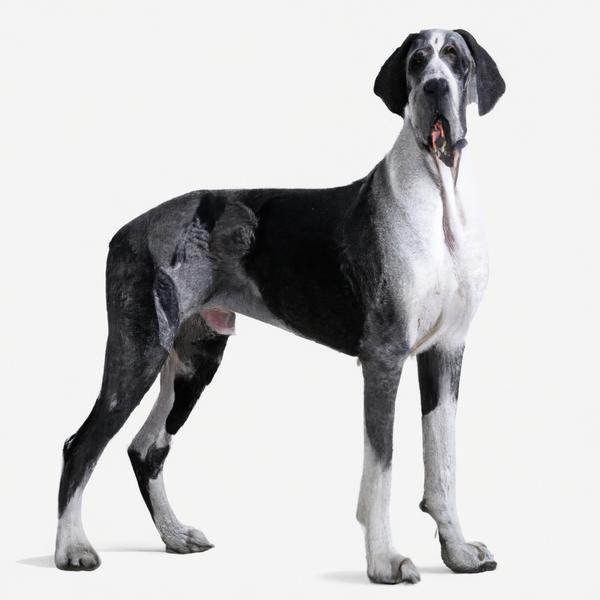
Saint Dane
Otterhound vs Saint Dane
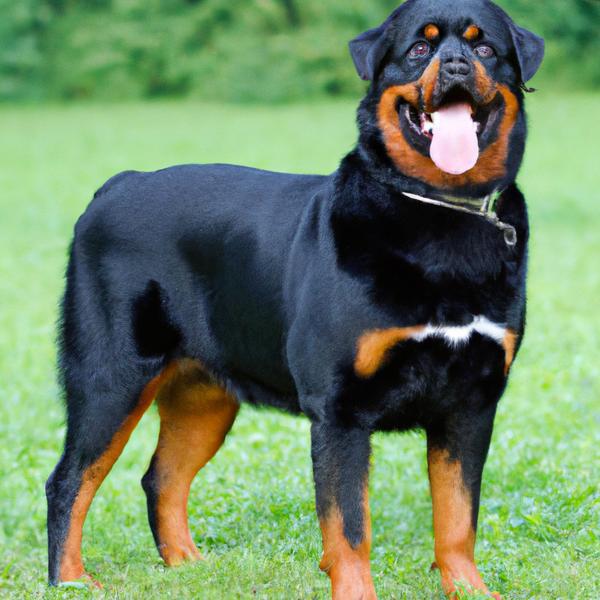
Bernese Rottie
Otterhound vs Bernese Rottie
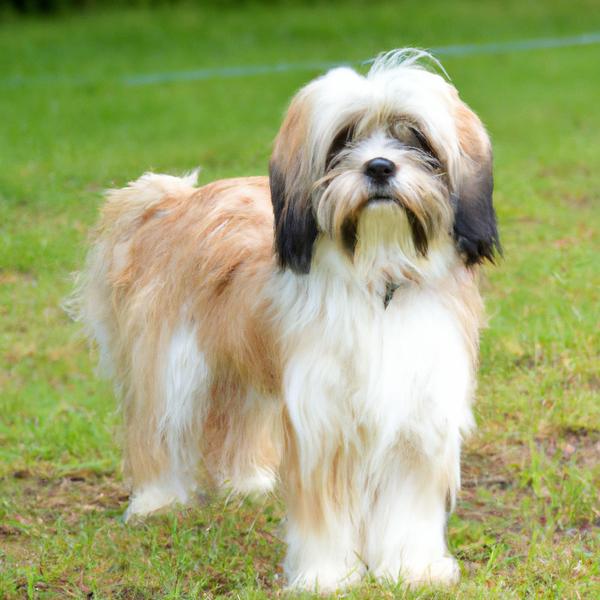
Malton
Otterhound vs Malton
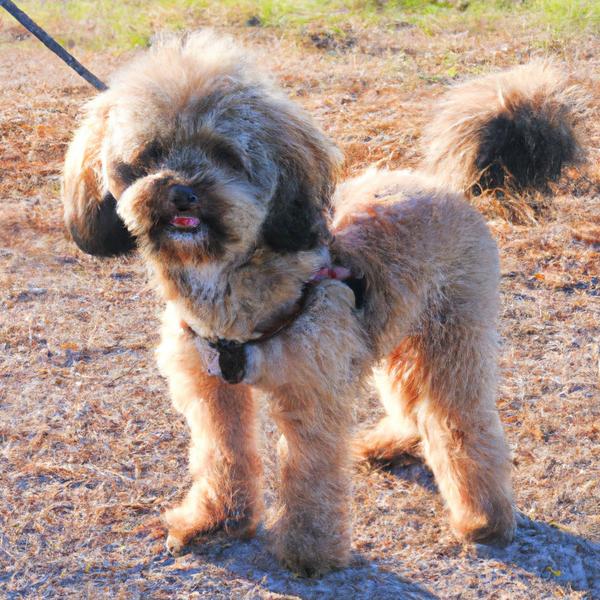
Poo-Ton
Otterhound vs Poo-Ton
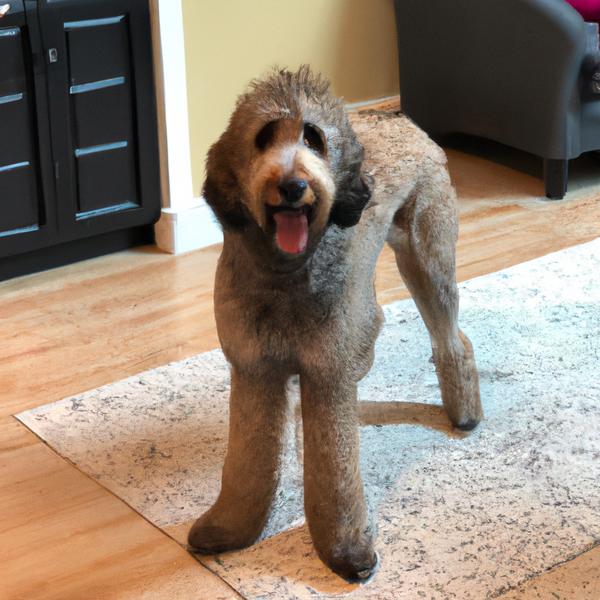
Great Danoodle
Otterhound vs Great Danoodle
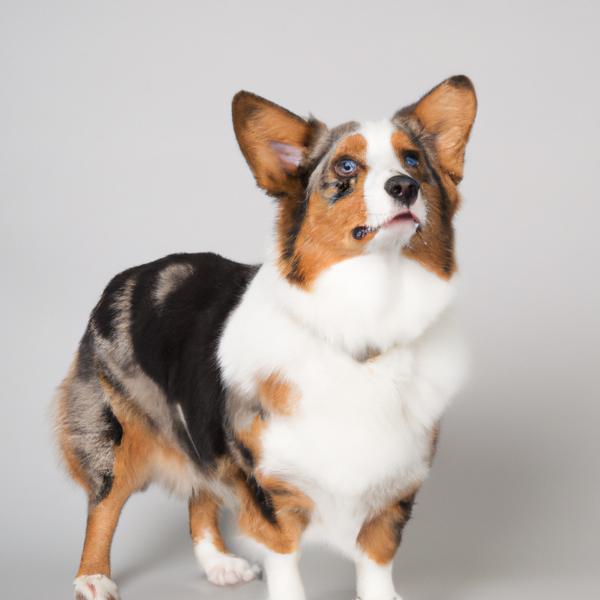
Aussie-Corgi
Otterhound vs Aussie-Corgi
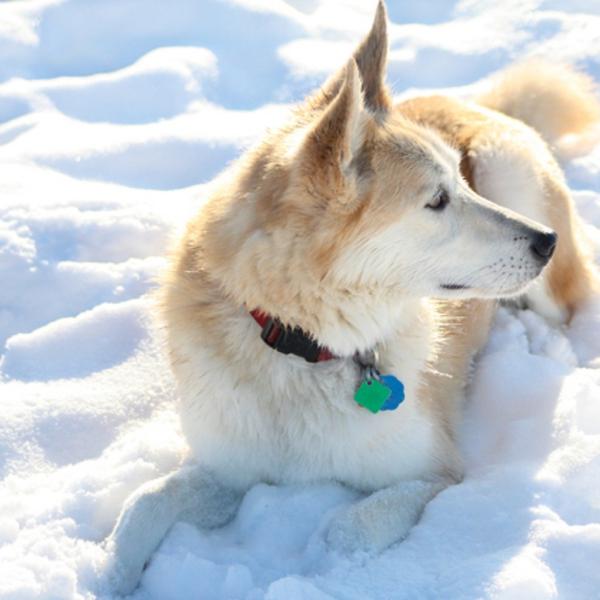
Labrador Husky
Otterhound vs Labrador Husky
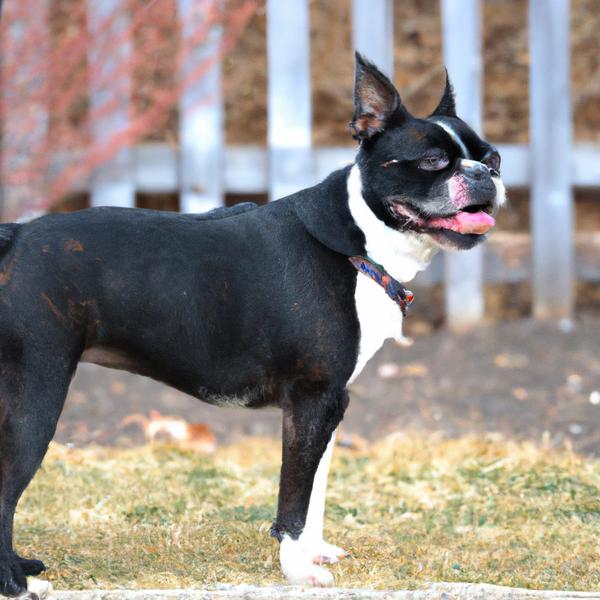
Bostie
Otterhound vs Bostie
